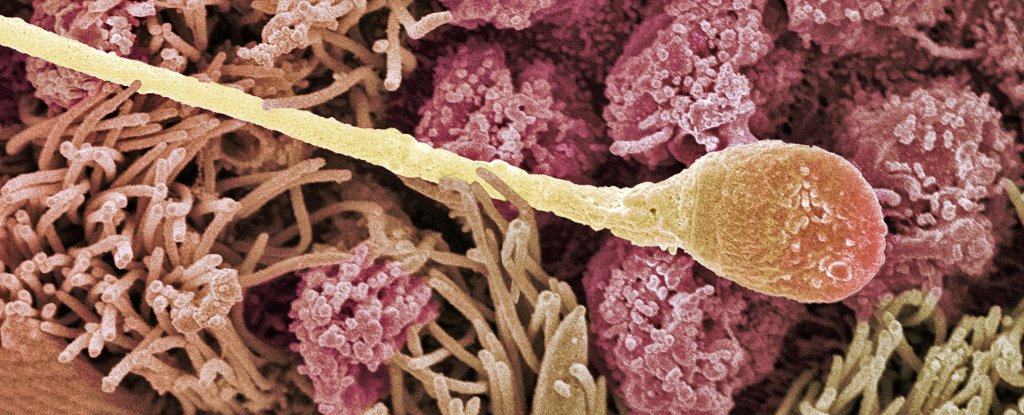
Mammalian studies have shown that the “memories” of various environmental effects – such as diet, weight and stress – are passed on from fathers to offspring, despite the fact that these conditions are not encoded in DNA sequences carried by sperm. Now we have a new explanation of how this is possible.
The story has a lot to do with epigenetics. Molecules that attach to DNA can act as on-off switches that control which sections of DNA are used – but so far we don’t know which of these molecules can carry the settings marked by a father’s life experiences to embryo embryo. through semen.
“The great finding of this study is that it identified a non-DNA-mediated way for sperm to remember their father’s environment (diet) and pass that information to the embryo,” said Sarah Kimmins, an epigeneticist at McGill University.
Using mice, epigeneticist Ariane Lismer and colleagues were able to demonstrate that the effects of a folate-deficient diet could be transmitted by altering histone molecules in sperm. Simply put, histones are really the basic proteins that DNA wraps around for trouble-free storage.
In mammals, when male bodies build sperm, they drop most of the histone coils to allow tighter wrapping.
But there is still a small percentage (1% in mice and 15% in humans), providing scaffolds for DNA in specific regions of sperm creation and function, metabolism and embryo development – to allow cellular mechanisms to use these DNA instructions.
The chemical modification of these histones – the most common form being methylation – is what allows or prevents the “reading” of DNA so that it can be transcribed into protein products. A poor diet can cause these histones to change their methylation status.
This is why we hear about the importance of folate for women during pregnancy: a mother’s folate helps stabilize DNA methylation in their children.
By feeding male mice a folate-deficient diet from the time they were weaned, the researchers were able to track changes in histones from the male sperm and the resulting embryos. And indeed, changes in sperm histone were also present in the developing embryo.
“No one has been able to track how these hereditary environmental signatures are transmitted from sperm to the embryo before,” Lismer said.
The team also found that these effects could be cumulative and lead to an increase in the severity of birth defects.
Interestingly, congenital defects observed in mice, including underdevelopment at birth and spinal abnormalities, are well documented in human populations with folate deficiency.
Researchers hope that expanding our knowledge of inheritance mechanisms will reveal new ways to treat and prevent such conditions. But there is still much to be done.
Our next steps will be to determine if these harmful changes induced in sperm proteins (histones) can be repaired. “We have exciting new papers that suggest this is indeed the case,” said Kimmins.
This research was published in Development cell.